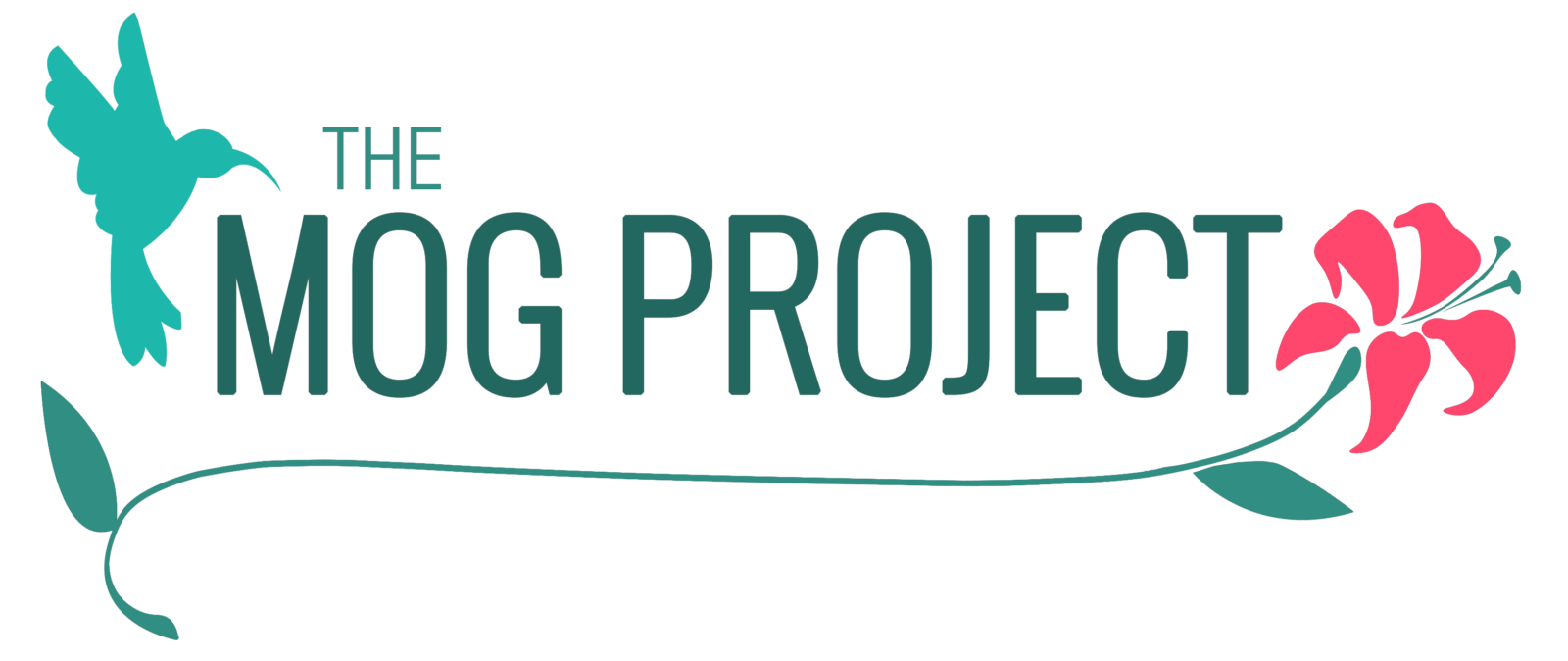FAQS

Do you have questions?
Our Expert Medical Advisors have the answers
In September of 2022, we met with our Medical Advisory Board at the Harvard Faculty Club in Cambridge, Massachusetts. We took the opportunity to sit down for a Q&A with Dr. John Chen, Dr. Tanuja Chitnis, Dr. Brenda Banwell, Dr. Sudarshini Ramanathan, Dr. Michael Levy, Dr, Elias Sotirchos and Dr, Jon Santoro. This international panel of the top experts in MOGAD research answered what our community members have asked us the most.
The full video can be found on our MOGCasts & Videos page.
This was made possible by a grant from UCB.
